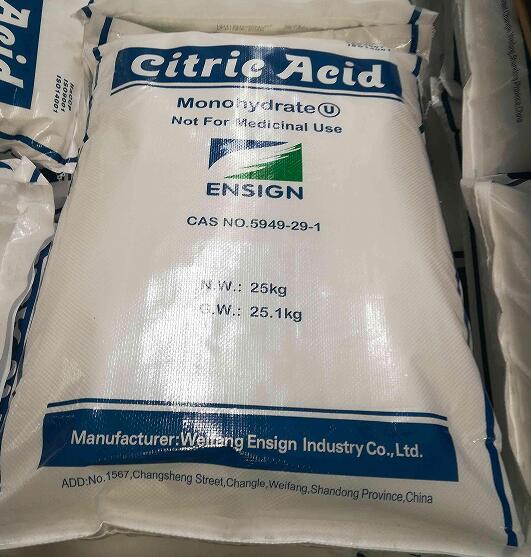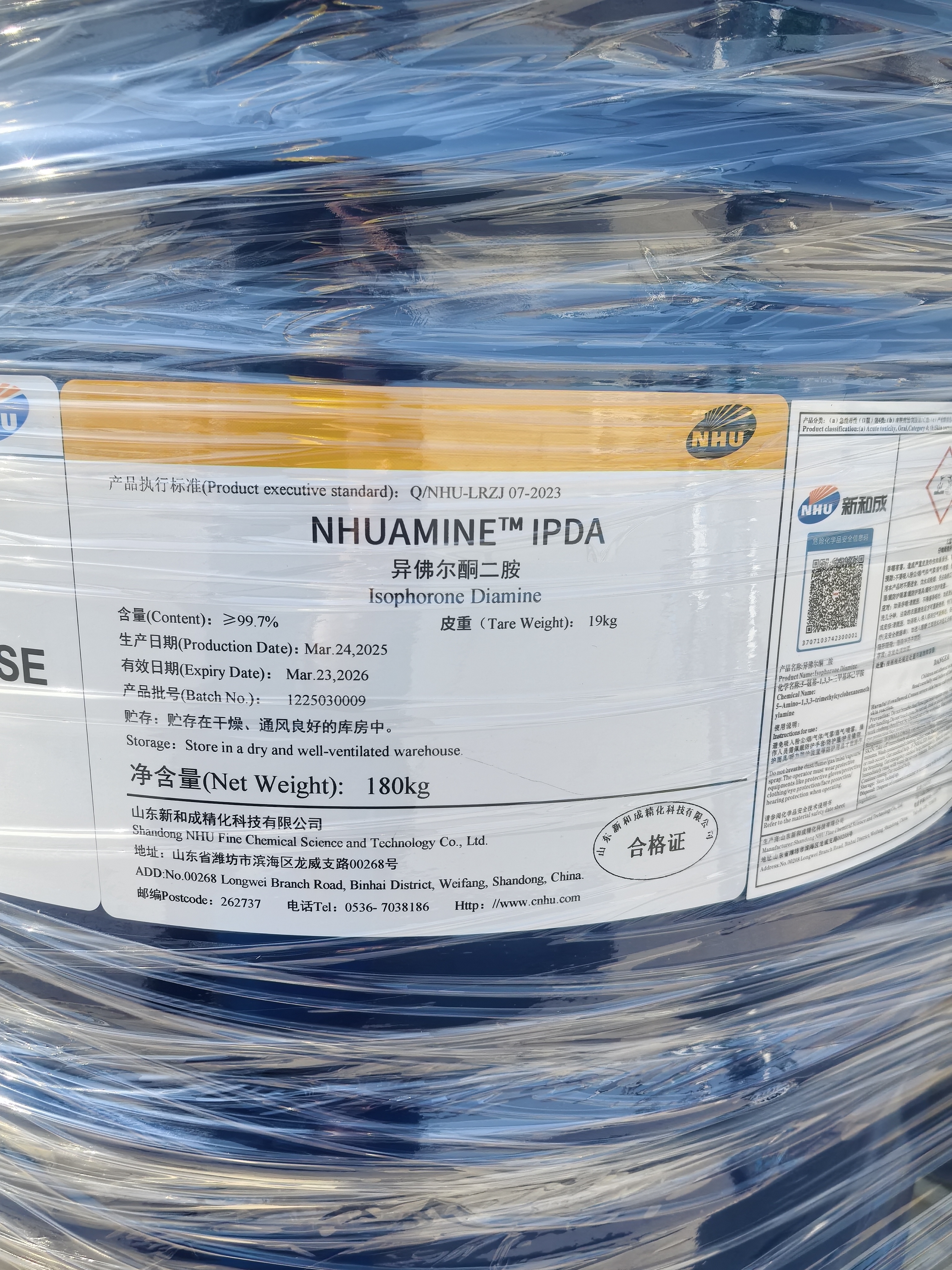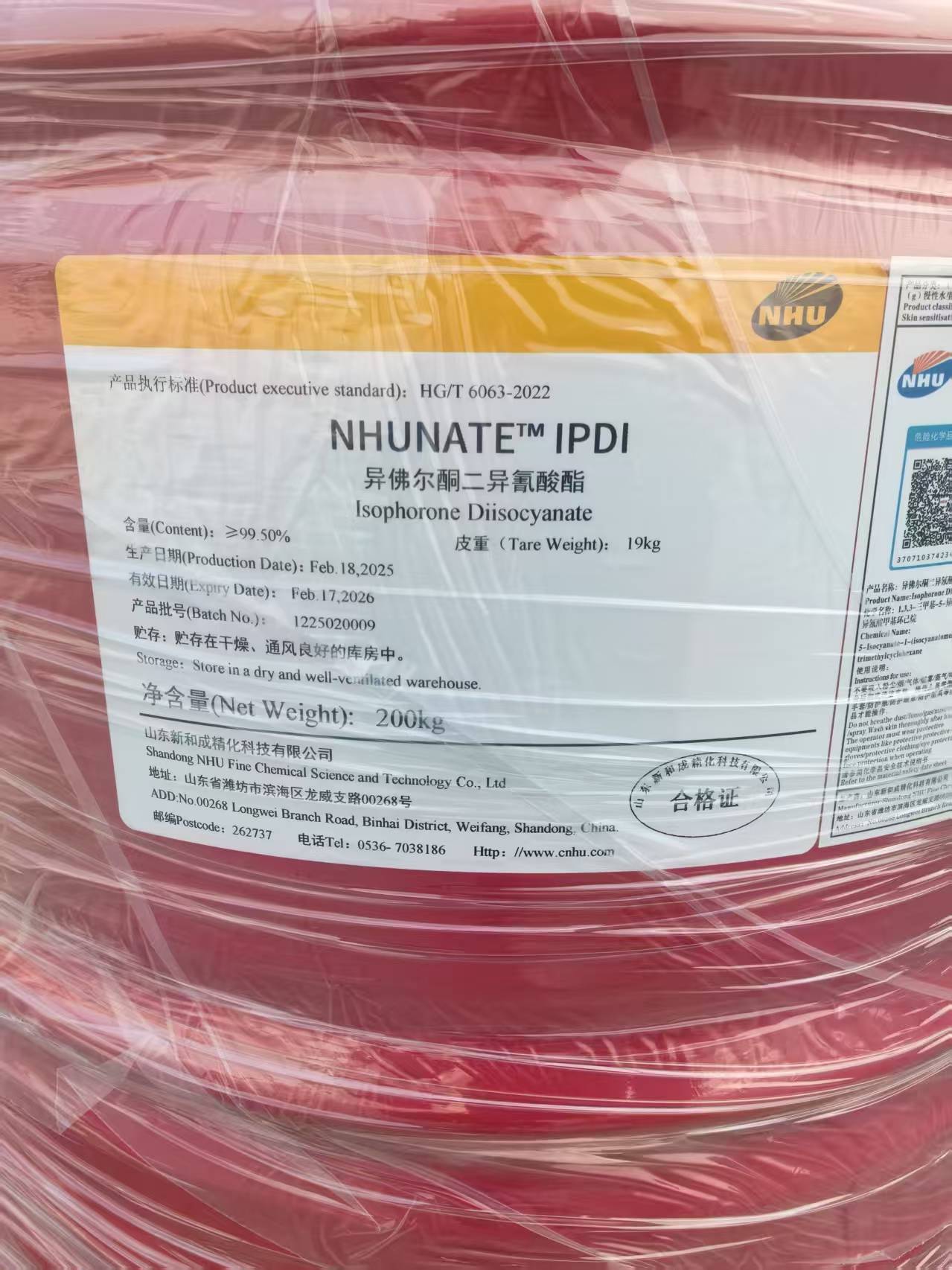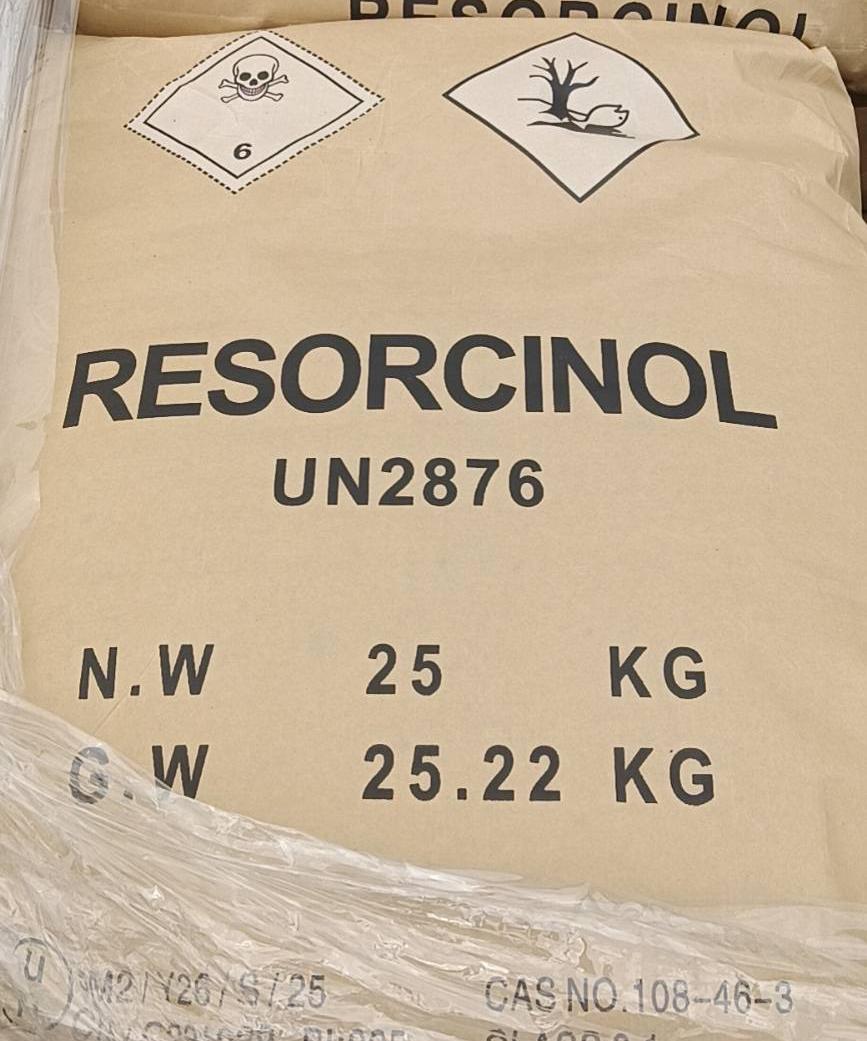

| Appearance | White crystal powder | UN | N/A |
| HS | 2918140000 | DG Class | N/A |
| Synonyms | CITRIC ACID | ||

 Customer Service
Customer Service
-
 Email:contact@synverta.org
Email:contact@synverta.org
-
 Tel:+85295802879
Tel:+85295802879
-
 landline:
landline:
Overview
Product Information
Specification
Product Application
1. Food Industry
Citric acid is one of the most widely used food acidulants in the world.
Acidulant: Used in beverages, juices, candies, jams, canned foods, and baked goods to adjust taste and provide a refreshing flavor.
Preservative: Lowers pH to inhibit microbial growth; often used together with potassium sorbate or sodium benzoate.
Antioxidant synergist: Chelates metal ions to prevent oxidative rancidity of fats and oils.
Effervescent agent: Reacts with sodium bicarbonate to generate carbon dioxide in instant drinks, effervescent tablets, and effervescent candies.
✅ Example: In carbonated beverages such as cola and Sprite, citric acid functions both as a flavor enhancer and preservative.
2. Pharmaceutical and Healthcare Applications
Pharmaceutical excipient: Acts as an acidulant or buffering agent in drug formulations such as vitamin C effervescent tablets and oral liquids.
Anticoagulant: Sodium citrate chelates calcium ions in blood and is used in transfusions and laboratory testing.
Metabolic regulator: Participates in the tricarboxylic acid (TCA) cycle and assists in energy metabolism.
Oral care: Used in dental cleaners to dissolve tartar and plaque.
3. Chemical and Personal Care Industries
Metal cleaner: Effectively removes scale, rust, and oxide layers without damaging metal surfaces.
Detergent additive: Chelates Ca²⁺ and Mg²⁺ ions in hard water to enhance cleaning efficiency.
Cosmetics: Regulates pH, provides mild exfoliation, and stabilizes formulations; used in facial cleansers, toners, and shampoos.
Electroplating and dyeing: Serves as a complexing agent, buffer, or neutralizer to improve coating quality and color brightness.
4. Agriculture and Environmental Applications
Chelating agent: Forms soluble complexes with metal ions to enhance plant absorption of trace elements in fertilizers.
Eco-friendly cleaner: Used to replace strong acids in cleaning boilers, cooling towers, and industrial equipment—non-toxic and biodegradable.
Biodegradable acid: Serves as a biodegradable organic acid in wastewater treatment processes.
5. Other Specialized Applications
Photography: Acts as a neutralizing agent in developer solutions.
Plastics industry: Functions as a stabilizer or auxiliary plasticizer to improve PVC heat resistance and transparency.
Paper and textile industries: Used to adjust pH and improve dyeing performance.
⚙️ Citric Acid Derivatives and Their Uses
Sodium Citrate: Food buffer and medical anticoagulant.
Calcium Citrate: Nutritional calcium supplement.
Citrate Esters (e.g., Triethyl or Tributyl Citrate): Environmentally friendly plasticizers for flexible PVC and bioplastics.
Properties
Summary
| Formula | C6H8O7 | Molecular Mass | 192.12 |
| EINECS | 201-069-1 | Storage conditions | Dry |
| Stability | Stable | ||
| IUPAC | |||
| LEAD TIME | 1 week | ||
Attribute classification
| Matter Classification | |
| Category | Food(Feed) Additives > Food additives |
Chemical and Physical Properties
| Melting Point | 153-159 °C | Density | 1.67 g/cm3 at 20 °C |
| Boiling Point | 310 °C | Flash Point | 100 °C |
| Appearance | White crystal powder | Acidity And Basicity | 3.14(at 20℃) |
Other information
| HS Code | 2918140000 | UN | N/A |
| DG-Class | N/A | Upstream Raw Materials | |
| Downstream product | |||
CITRIC ACID MONOHYDRATE

purity 99.7%

Quantity
kg

Address
China









